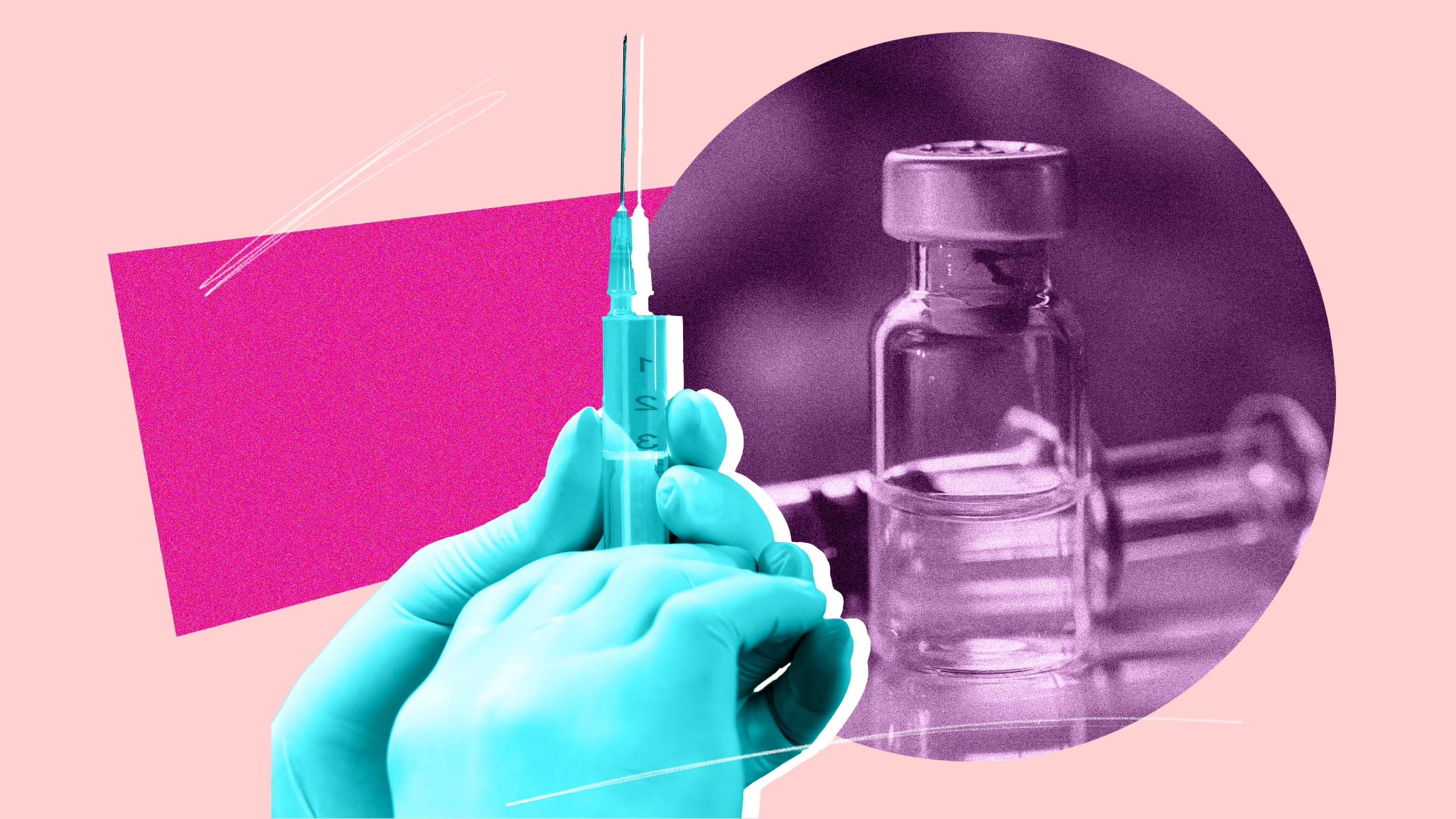The HIV prevention medication PrEP was called a game-changer, superpower and major breakthrough in the global effort toward zero new HIV transmissions when it first hit Canadian markets six years ago. Big praise, and steep expectations, for the little blue pill.
Today, PrEP’s foretold impact has yet to pass. In fact, HIV diagnoses in Canada have remained relatively stable over the past decade. This is also mirrored globally, as new HIV transmissions shrunk only 3.6 percent between 2020 and 2021—the smallest international decline since 2016.
In other words, PrEP—though revolutionary in its effectiveness, reducing the risk of getting HIV from sex by about 99 percent when taken as prescribed—just isn’t getting to the people who need it most. This includes queer people, since men who have sex with men continue to make up the majority of new HIV cases in North America.
This access gap is echoed in the recent findings of Engage, a five-year, multi-city Canadian study focused on the sexual health of gay, bisexual and other men who have sex with men. According to newly released data, only half of Engage participants who met clinical recommendations for PrEP had taken the medication in the previous six months.
These “clinical recommendations” are broader than you might think. If you’re a cis man or trans woman having condomless sex with men, there’s a good chance the guidelines recommend you get on PrEP. A score of 11 or greater in this risk assessment is also a quick way to gauge if you fall into this recommended-for category.
Yet despite a wide net—again, cast as such because of the proportionally high prevalence of the virus in the queer community—not enough people are getting or staying on the meds.
As for why, Dr. David Moore, a public health physician and co-principal investigator for the Engage study, points to a number of factors.
“We can’t really say that there’s one single thing going on, but it’s mainly a combination of funding, awareness of risk behaviour and having access to a provider that’s willing to provide PrEP, and with whom you feel comfortable disclosing your sexual behaviour to,” Moore says.
Regarding cost, PrEP’s inclusion in provincial drug plans is uneven across the country. In Ontario, for example, PrEP can cost $250 a month for those without private insurance. In Quebec, anyone covered under the province’s public insurance plan can expect to pay roughly $95 a month. Even with private coverage, most plans include deductibles that can range from $50 to $100 monthly.
“That doesn’t seem like that much, but that can be a big barrier, particularly for low-income people or the working poor,” says Moore. As evidence that cost continues to be an obstacle for PrEP uptake, he points to British Columbia as an example of what’s possible when the drug is fully covered by government drug plans.
After PrEP became free in B.C. in 2018, saving users hundreds of dollars a month, use among Engage participants in Vancouver grew from 21.7 percent in 2017 to 59.5 percent in 2020—a greater increase than any other study location.
As for having a doctor willing and knowledgeable enough to prescribe PrEP, that too can be helped with more government dollars behind the medication, says Moore.
“Often what comes with public funding is other things like more support for clinicians and greater health promotion, both with populations affected by HIV and for clinicians with training.”
While the federal government has signalled its intention to create a national pharmacare plan, one has yet to materialize. Until such a plan is implemented, researchers are looking ahead at other ways to make PrEP uptake more appealing and accessible.
Enter cabotegravir (CAB-LA): a long-acting injectable form of PrEP touted as an exciting development in HIV prevention, and endorsed by the World Health Organization at this summer’s International AIDS Conference in Montreal.
Unlike PrEP’s oral variant, which requires either a consistent daily dosage or well-timed dosing before and after a moment of potential transmission (what’s called “event-based” or “on-demand” PrEP), CAB-LA involves two injections four weeks apart, followed by an injection every eight weeks. It will take some time for injectable PrEP to reach Canada: ViiV Healthcare, the company making the drug, is focused on applying for approval in countries where its clinical trials took place, such as those in sub-Saharan Africa. But injectable PrEP has been given the green light in the United States, and early studies highlight the method’s potential popularity.
“Research on the willingness to use long-acting PrEP demonstrated that many gay, bisexual and other men who have sex with men are interested to use or switch to injectable PrEP,” says Dr. Daniel Grace, an associate professor at the Dalla Lana School of Public Health and Canada Research Chair in Sexual and Gender Minority Health.
When asked about injectable PrEP, participants in these studies liked being able to “set and forget” their HIV-prevention medication, with others appreciating the discretion injections offer compared to daily pills. This support was found across current, previous and non-PrEP users, and especially among young people, many of whom are less accustomed to managing daily medications.
Yet like the pills that came before it, injectable PrEP may not live up to its game-changing hype—at least not at first.
For instance, unlike oral PrEP, there’s no generic version of injectable PrEP yet, meaning costs will be significantly higher for the still patent-protected drug. The reported list price for only one dose of the FDA-approved Apretude brand of injectable PrEP is USD $3,700, meaning one year’s cycle of injectable PrEP could cost Americans more than $20,000. Still, researchers don’t want the likely high sticker price to deter momentum behind this PrEP alternative.b
“Let’s do everything in our power to not repeat the same mistakes we had with oral PrEP.”
“Yes, cost is a barrier, but the cost has not been established in Canada yet, so this is actually an opportunity for us to, through our research, impact policy,” says Dr. Darrell Tan, a clinician-scientist and infectious diseases physician who is co-leading a new research project titled The Future of PrEP Is Now. “Let’s do everything in our power to not repeat the same mistakes we had with oral PrEP.”
What were these mistakes? To start, says Tan, when oral PrEP first became available, only HIV specialists were prescribing it. As well, costs remained high until the efforts of mostly queer advocates convinced governments to cover all or some of the expense.
“Although [injectable PrEP] represents a really exciting innovation and has a lot of potential, I’m not presuming that this is a panacea or a silver bullet,” says Tan. “Let’s learn from those mistakes and get it right the first time.”
The full potential of injectable PrEP, then, depends on how likely governments and health systems are to embrace the innovation, make it affordable and get it to those who need it: benchmarks that advocates for oral PrEP spent years fighting toward.
“It’s hard to know if the benefits of the injectables, particularly in the context of its cost, are really going to be that big of a game-changer,” says Moore. “We haven’t optimized the tools we already have, so I’m not sure that adding more tools will necessarily change things unless there’s a change in how those things are delivered.”


 Why you can trust Xtra
Why you can trust Xtra


